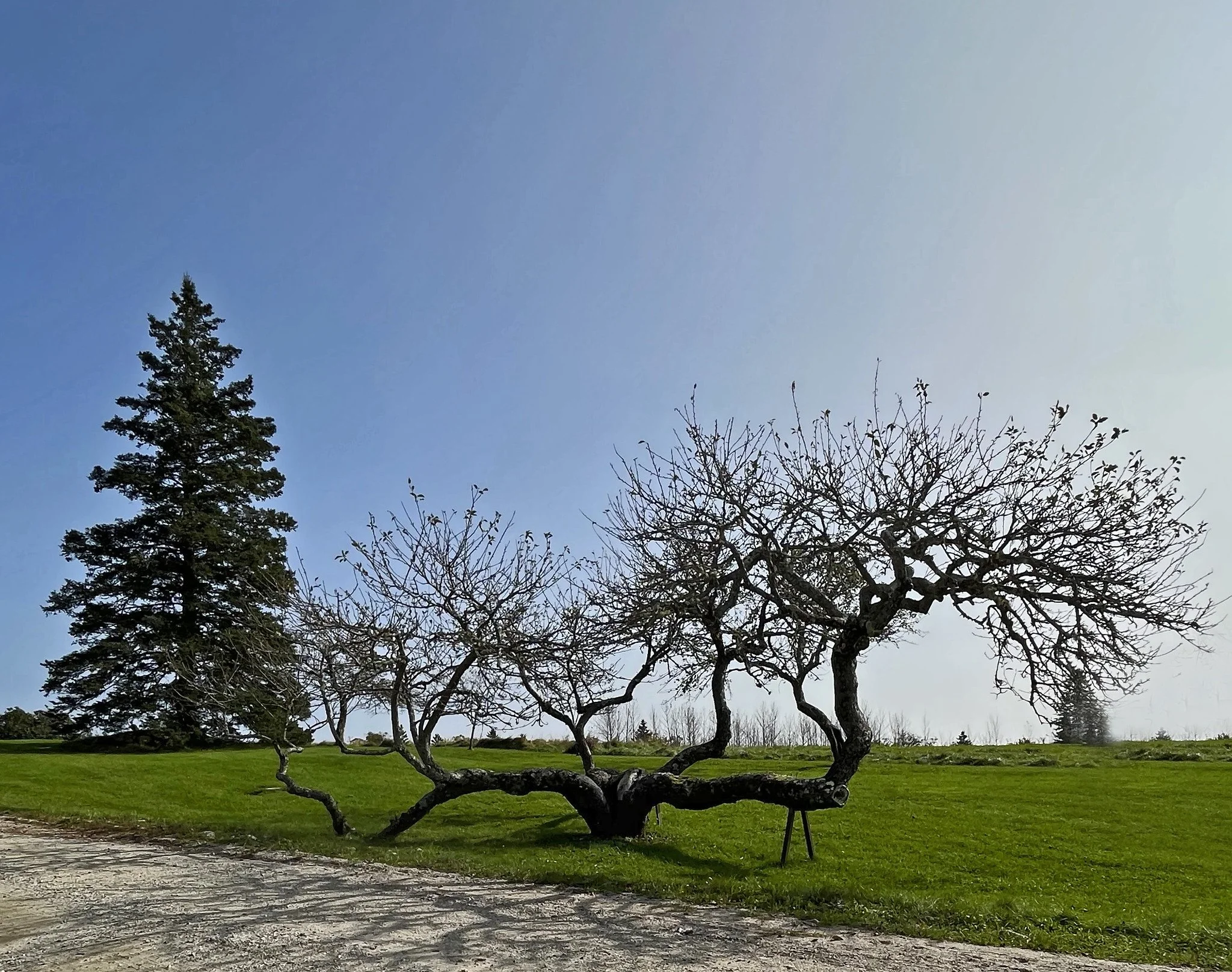More bad news: It looks like we’re going to have an abundant crop of Asian Bittersweet (Celastrus orbiculatus) berries this year. The red fruits are just now emerging from their yellow husks in beautiful galaxies of future harm. They soon will be converted to widely-distributed bird poop that propagates the loathsome plant all too well.
This non-native plant is a tree and bush killer, and its lethal propagation has proved impossible to control in Maine and other parts of the United States. Its sale is prohibited here, but the State admits that it has lost the control war. The plant uses its sinuous vines like trained pythons that squeeze to death the trees and bushes that are their hosts. It’s all about competing for sun and nutrients.
Asian Bittersweet is a reminder of the dangers of basing an environmental choice on the impulsive pursuit of beauty and/or the mistaken notion that diversity for diversity’s sake is always a good idea. The plant was introduced here in the 19th Century to bring variety and spectacular fall colors to gray winter landscapes. As a result, many trees and bushes will never be green again.
There is a native version of bittersweet, aptly named American Bittersweet (Celastrus scandens). It’s environmentally innocuous, and perhaps that’s why it’s not as successful in propagating itself as its prolific Asian cousin. (Images taken in Brooklin, Maine, on October 12, 2023.)




























































































